They came from different towns and cities, from different ethnic and economic backgrounds. They were A-students and outcasts, people of all ages. From their churches they sought love or guidance, a better education or a place that felt like home.
They were believers – before their trust was tested, fractured or blown apart entirely by sexual abuse at the hands of a priest.
For the faithful, the Catholic Church isn’t only a place of worship but the center of social and cultural life, its doctrines and customs woven into the fabric of families and communities. And its priests and deacons are more than holy men but confidantes, teachers, father figures with unparalleled power. To many, they’re the closest thing to God on earth.
For those abused by priests, the violations are spiritual, the damage inflicted not just on the body and mind, but a system of beliefs.
“Their faith becomes a victim of the abuse,” said Marianne Sipe, a psychiatrist and former nun who works with clergy abuse survivors.
But children grow up. Some learn to cope with the horrors they experienced, some try to forget, others struggle to survive in the aftermath, and to come to terms with the harm that’s been done to them.
Sexual abuse survivors often share symptoms: Nightmares, isolation, anger, problems with trust and authority. Some battle substance abuse, depression, have trouble with physical intimacy. Survivors can be triggered by sensory experiences like a familiar smell or the feel of a certain fabric on their skin. For others, stories in the newspaper conjure dark memories.
“I’ll go to my grave with them,” John Vai, 67, said of his wounds. He was abused by a priest at his Catholic school as a teenager. “They will never heal.”
With these wounds, survivors endure. They lead dynamic lives, build careers and families.
Some remain devout, steadfast in their commitment to the Church. Some leave Catholicism for other denominations or abandon organized religion for personal spiritual practices. Some stop believing altogether, their old devotion to the institution replaced by a desire to tear it all down. Many grapple with what’s left of their faith.
For the project “Sundays After,” Associated Press photographer Wong Maye-E and writer Juliet Linderman traveled across the U.S. and sought out men and women who were willing to share their experiences — both how they were abused by Catholic clergy, and how they survived.
Wong captured the subjects with digital and Polaroid cameras. She soaked the instant photos, freeing the images on fragile membranes — wrinkled, torn, distressed — and pasting them on watercolor paper. The film transfers themselves, with their imperfections and rough edges, are resilient, much like the survivors they portray.
Salvador Bolivar
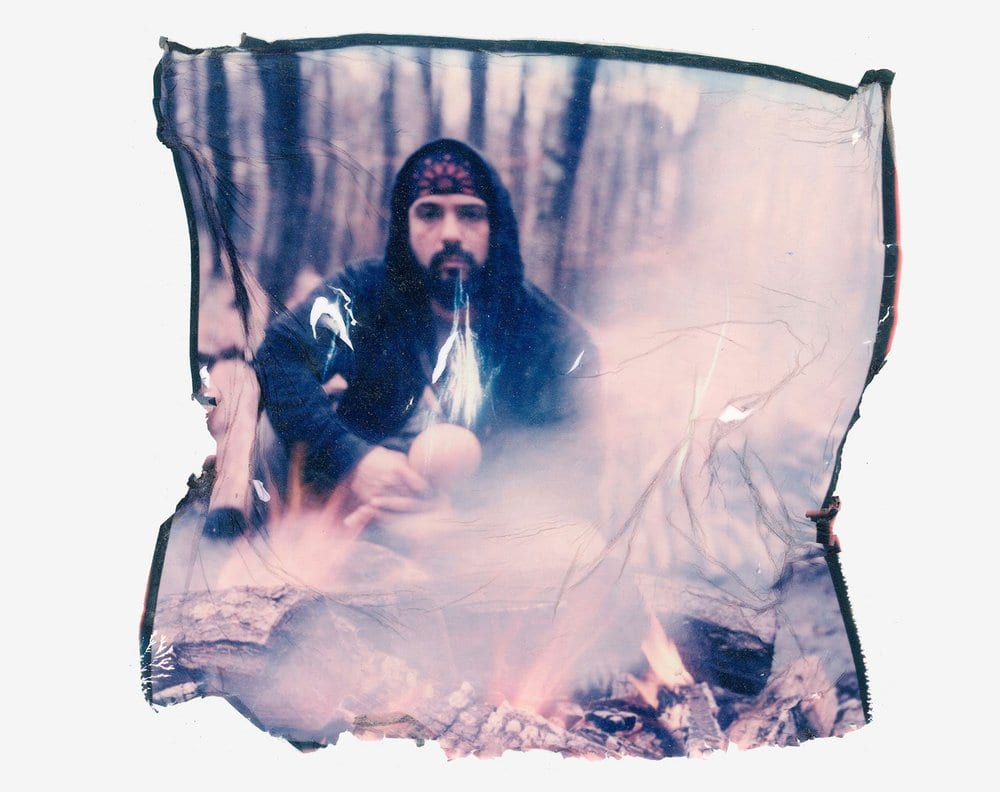
Salvador Bolivar doesn’t like to talk about what happened to him without first summoning the spirit of his ancestors to give him courage. It was the awareness of these ancestors 11 years ago, in a sweat lodge in Colombia, that first compelled him to break his silence about the sexual abuse he suffered at the hands of his Catholic high school dean. Bolivar’s belief that his suffering must be part of a plan, meant to arm him with the experience necessary to help other survivors, helps him get through the most difficult days. Still, such trauma takes a toll. “I knew this spiritual task would come at a price,” he said.
RELATED: Spirits guide survivor in quest for healing
Patrick Shepard
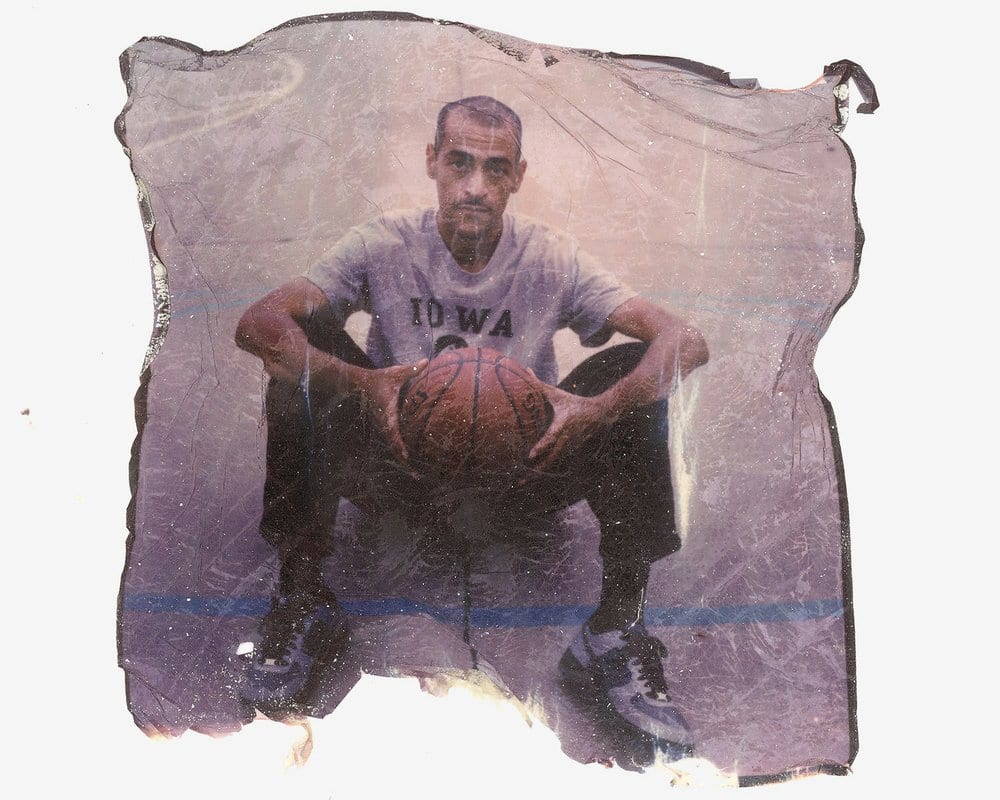
For many years Patrick Shepard wouldn’t touch a basketball — his molester, a priest, had taught him the game and as much as he loved it, he had “so many bad memories.” The abuse sent him spiraling down, through anger and alcohol abuse and sadness. But now he has a loving partner, a son he adores, and the responsibilities and joys of fatherhood help eclipse his pain. He still finds himself crying sometimes, but the tears do not come as often as they once did. And he has taught his son to play basketball.
RELATED: Patrick Shepard finds healing in basketball
Dorothy Small
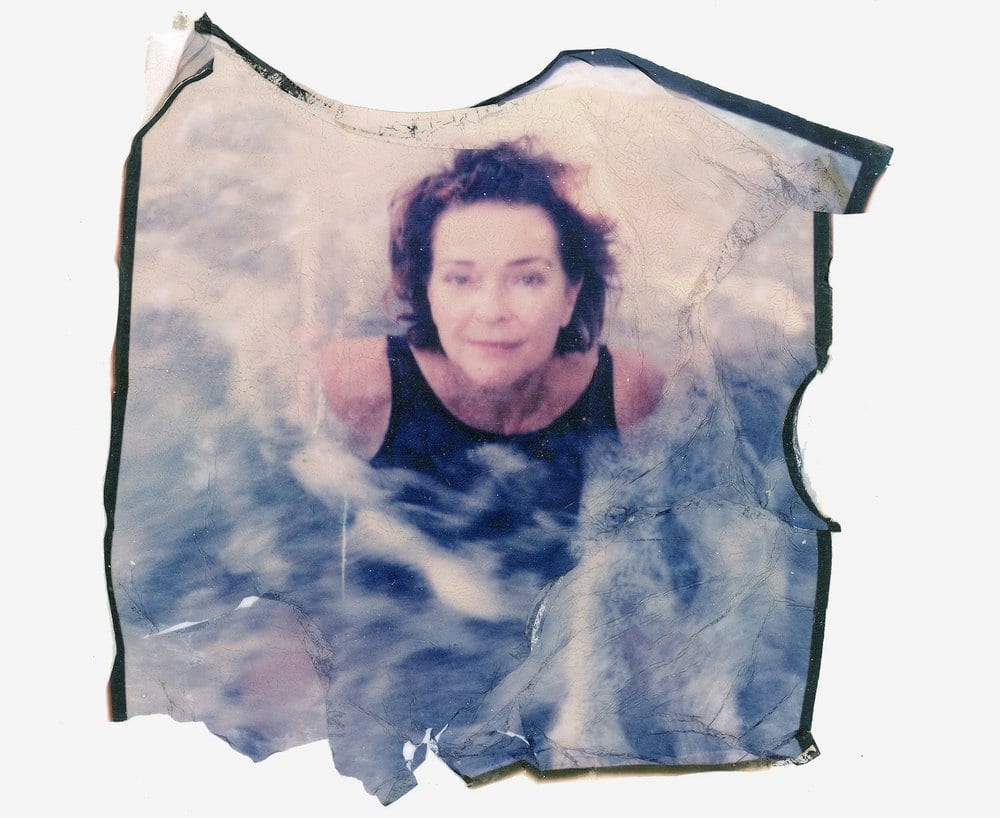
Dorothy Small was 60 years old when she met the priest. She thought it was love — that was the only way to make sense of what happened. But another priest had a different word for it. “You were raped,” he told her. She reported the encounter, the priest was sent back to the Philippines and Small was ostracized by the church community that once was her lifeline. It left her shattered. Now, she does not go to any church. She finds spiritual fulfillment in private rituals and meaning in her advocacy for adult survivors of priest abuse. “The healing came from standing up for myself, finally,” she says. “It came from not going away.”
RELATED: For priest’s victim, home is a sanctuary
John Vai
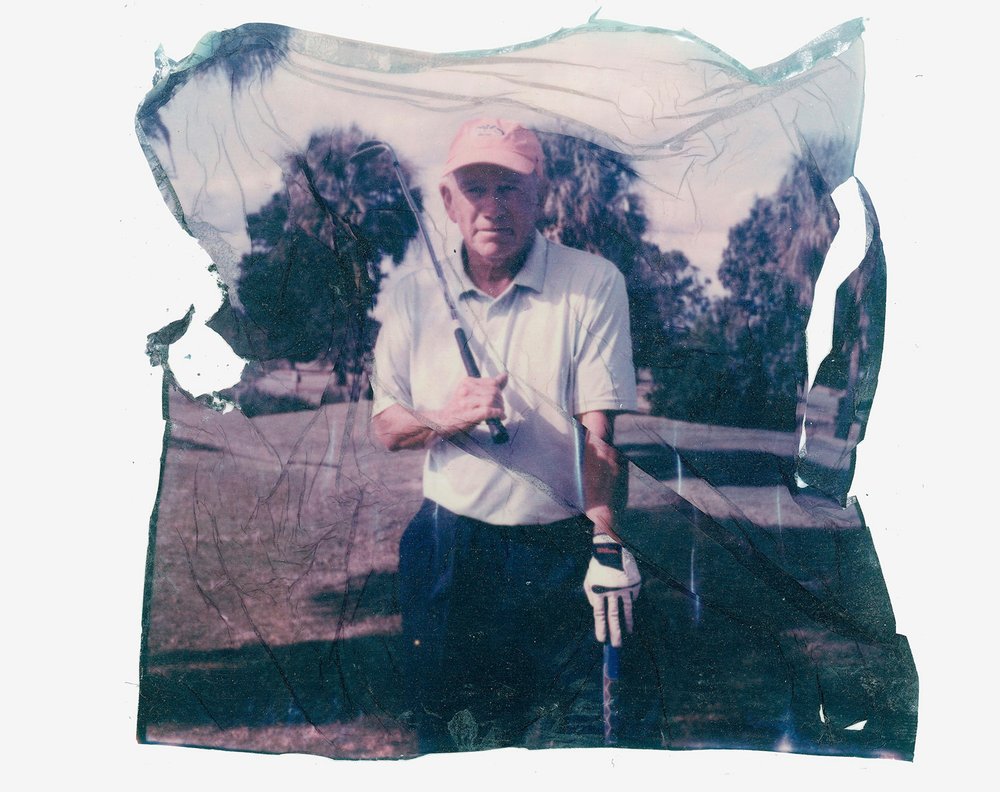
John Vai doesn’t think about the abuse, he doesn’t talk about the abuse. It took him four decades to tell anyone: The Catholic Church was the heartbeat of his working-class, Italian-American Delaware neighborhood. But so many years later he took a risk, went to trial and won. He unboxed those memories and the experience almost ripped him apart, he said. He will not do it again. And so, he wakes up at the same time each morning. He plays golf, swims in the country club pool, sips a cocktail when the sun goes down. Happiness isn’t what he’s after. Stability, he said, is what he needs to survive. “Get into a routine,” he said, “and the pain goes away.”
RELATED: For survivor, routine brings some relief
The Charbonneau sisters
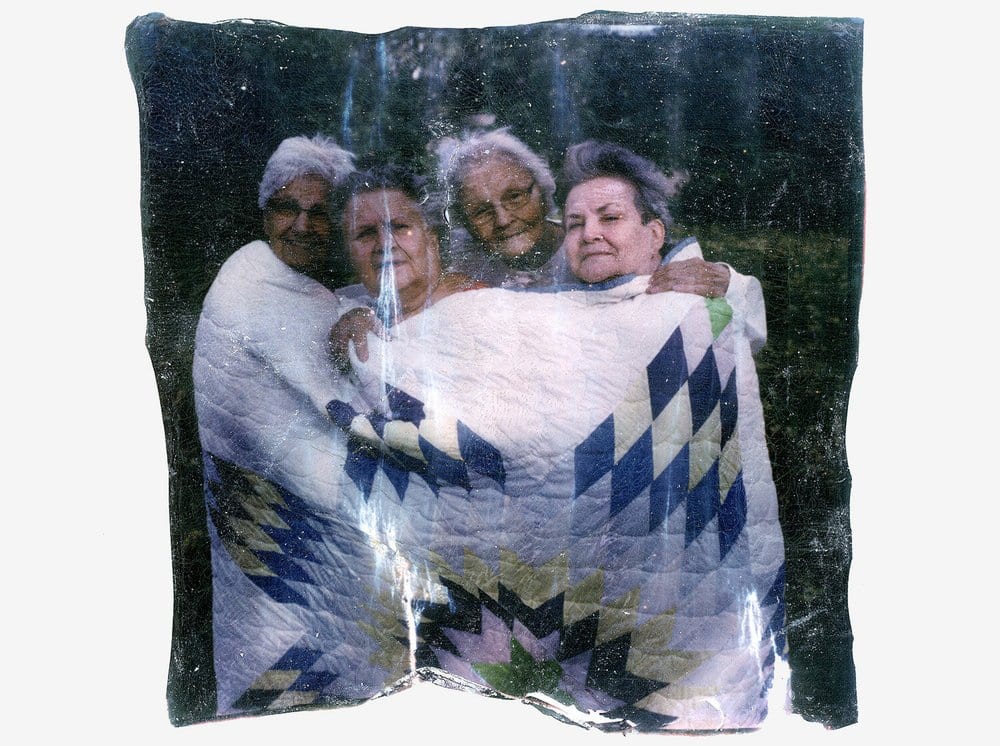
The nine Charbonneau sisters never forgot the beatings and harsh discipline they endured at the St. Paul’s Indian Mission School in South Dakota. But in their 50s and 60s they remembered, one by one, something even worse: the sexual abuse they suffered at the hands of priests and nuns. Most have given up their fight to sue the Church, and want to forget. But four of them (pictured wrapped in a quilt made by their mother, left to right: Francine Soli, Barbara Dahlen, Joann Braget and Louise Aamot) persist. Says Dahlen: “Sometimes I wish the hell we never remembered anything.”
RELATED: Sisters bonded, and broken, in wake of abuse
Jacob Olivas
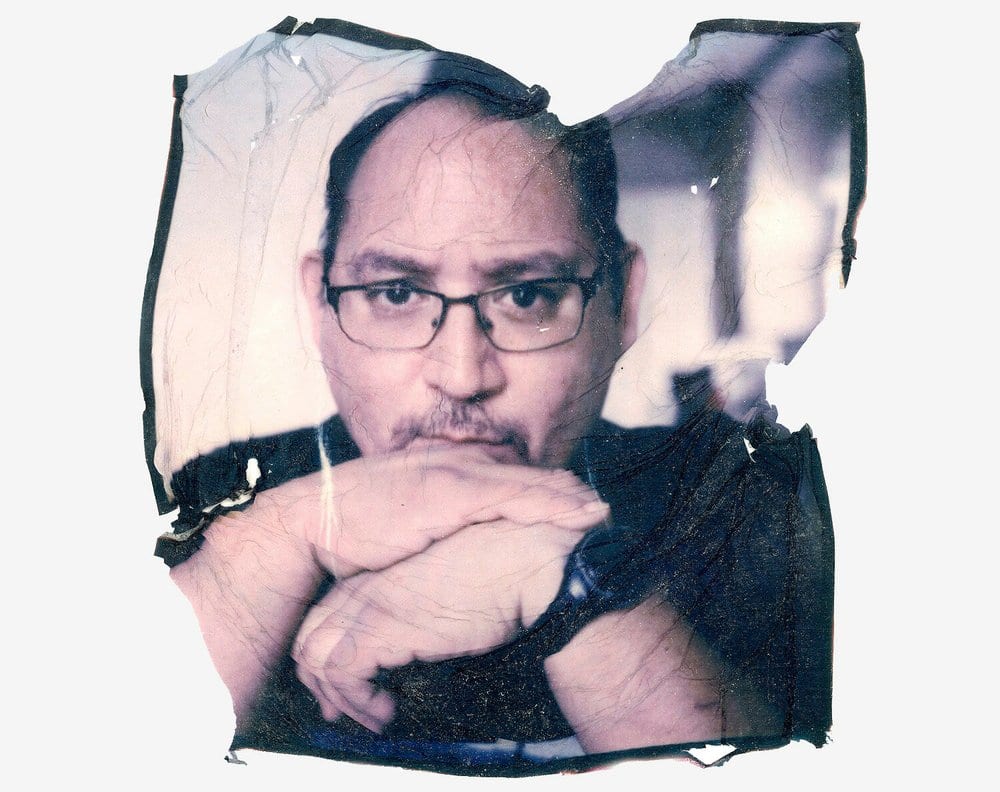
More than four decades have passed since the year Jacob Olivas was molested, one of more than 100 children victimized by Father Edward Anthony Rodrigue. Olivas, now 50, is prone to fear, nightmares, crippling panic attacks. He finds strength in his unshakable Catholic faith — “When you think you’re most alone is when God is closest to you”– and solace in the mountains. But the pain is still with him. Years ago the priest wrote Olivas a letter of apology from prison. He cannot bring himself to read it.
RELATED: Amid daily struggles, working to conquer fear
Mark Belenchia
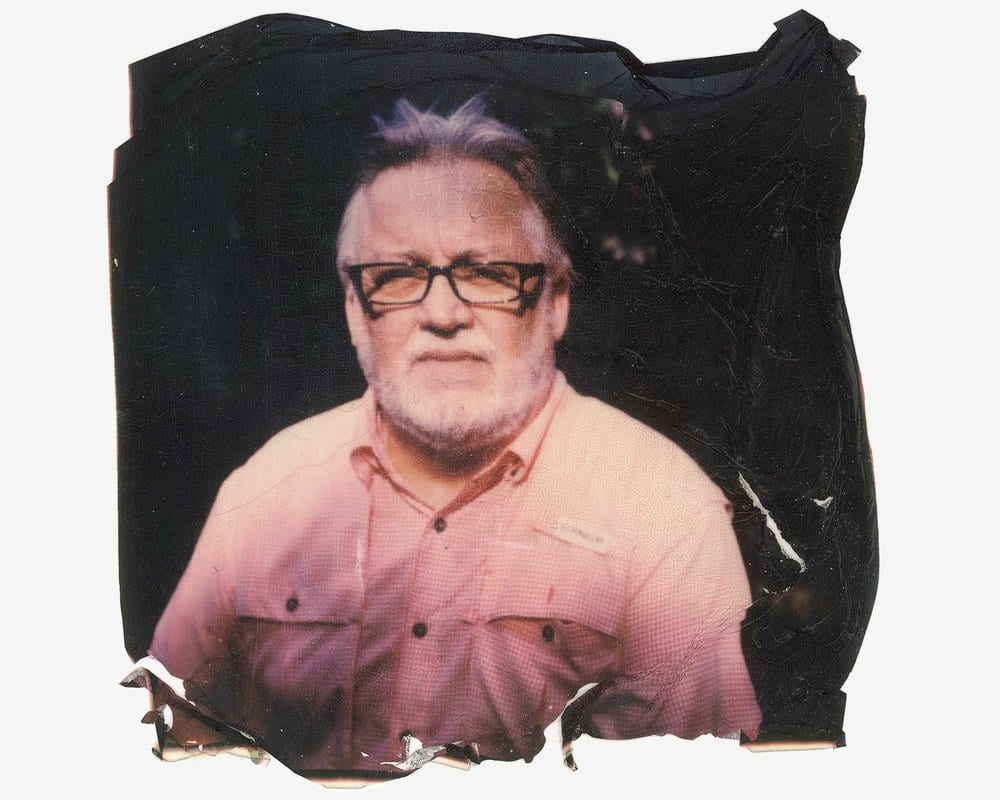
Mark Belenchia didn’t stay quiet. He told his mother and his uncle, in the mid-1970s. He told a parish priest, then the vicar general, in 1985. Still, the clergyman Belenchia said sexually abused him when he was a child in Shelby, Mississippi, remained in collar and cassock. “It showed me that the system says you’re insignificant. It doesn’t matter what you said, or what happened to you,” Belenchia says. Over the years, his quest to make sense of his own tragedy transformed into a crusade against clergy abuse that’s become his life’s focus. Activism, he said, gives him purpose and direction. Through this work he’s able to make use of his pain, to help other survivors struggling to cope with theirs.
RELATED: Survivor makes use of pain through activism
The Associated Press produced this project with support from the International Women’s Media Foundation’s Howard G. Buffett Fund For Women Journalists.
Crux is dedicated to smart, wired and independent reporting on the Vatican and worldwide Catholic Church. That kind of reporting doesn’t come cheap, and we need your support. You can help Crux by giving a small amount monthly, or with a onetime gift. Please remember, Crux is a for-profit organization, so contributions are not tax-deductible.












